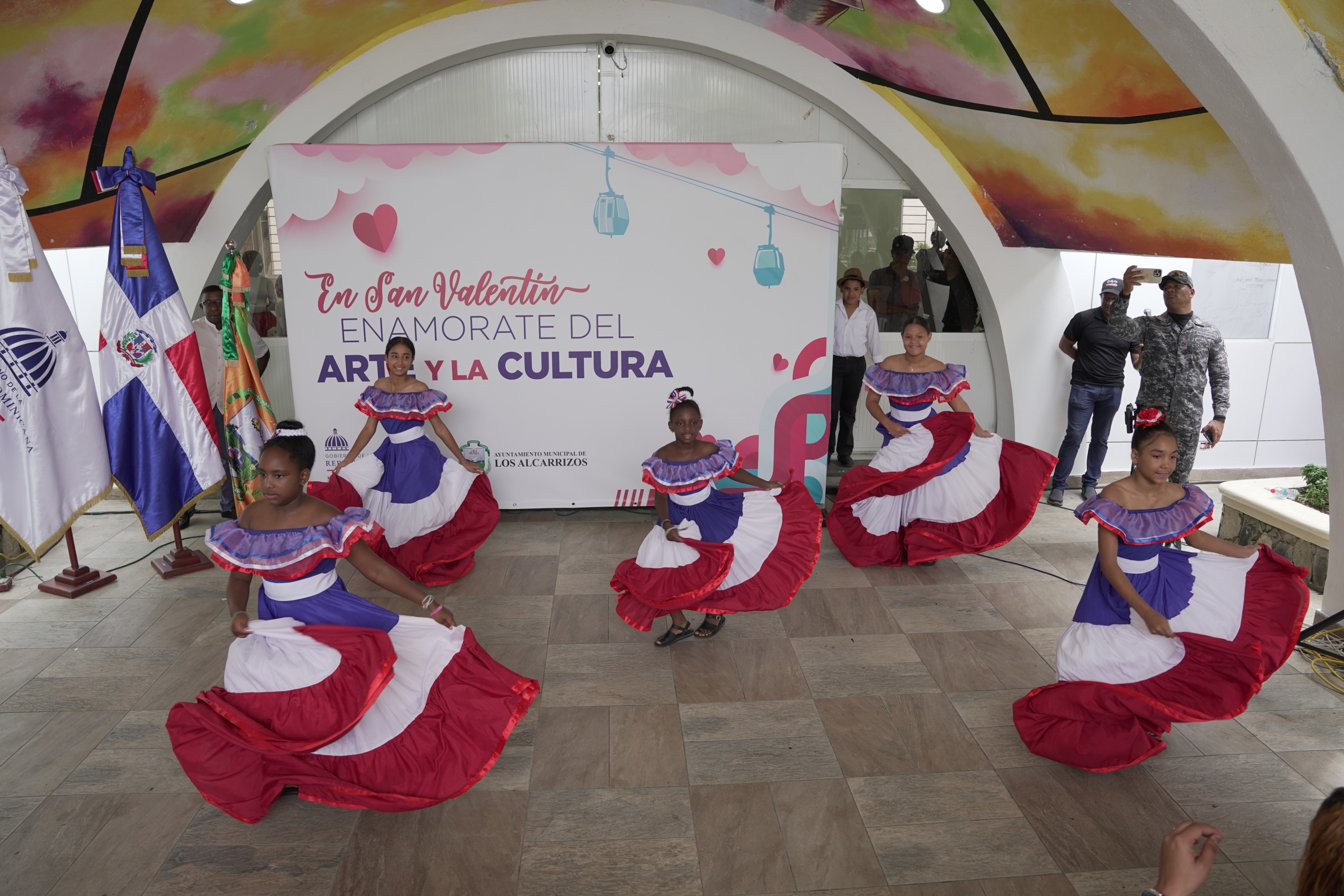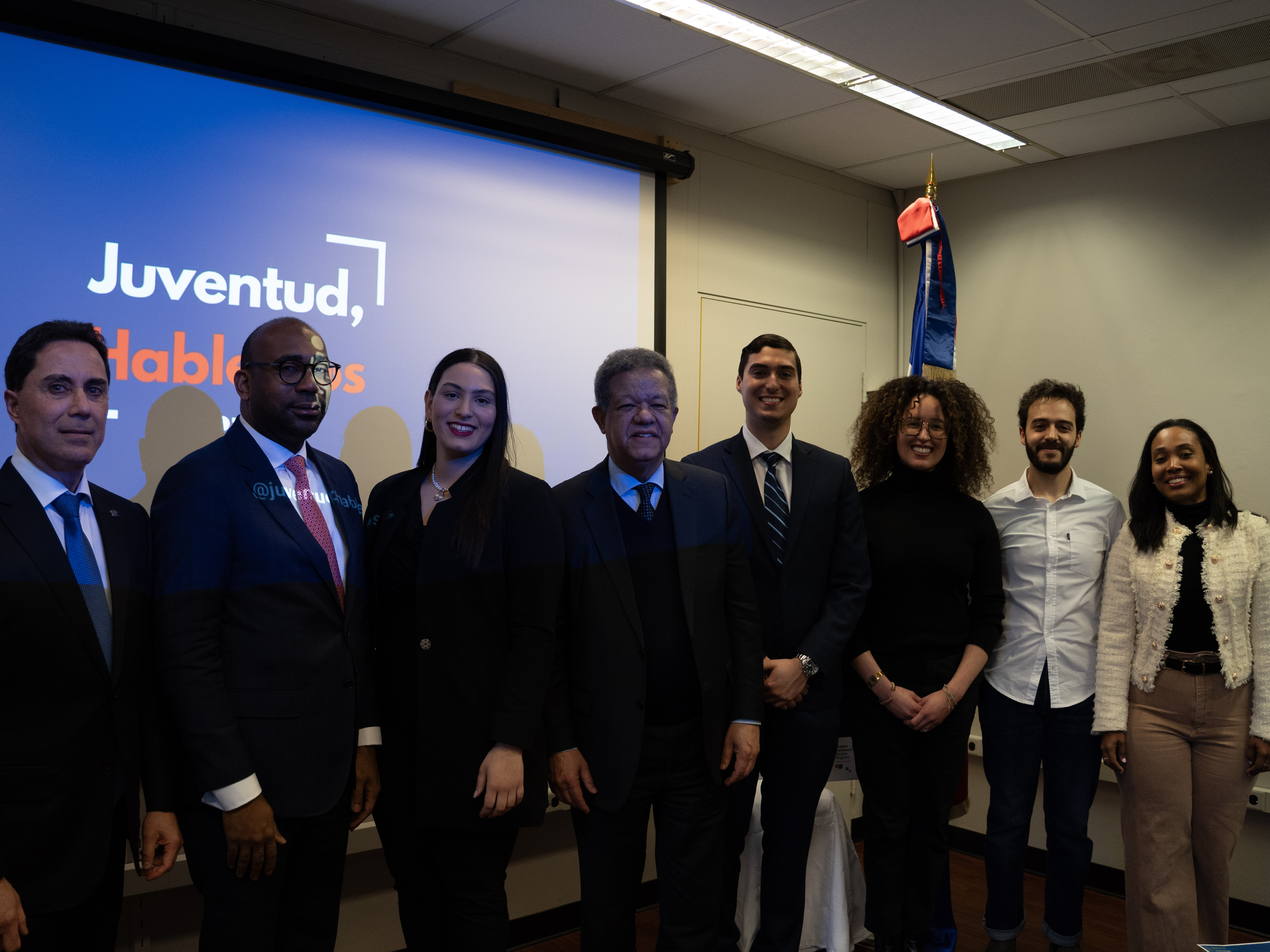El Encuentro Nacional sobre Mamíferos Marinos se efectuó exitosamente
 | El Encuentro Nacional sobre Mamíferos Marinos se efectuó exitosamente Santo Domingo, 1 de julio, 2009 El Encuentro Nacional sobre Mamíferos Marinos, celebrado este pasado 29 de junio, se efectuó exitosamente, permitiendo hacer una revisión del estado actual de los mamíferos marinos en la República Dominicana y apuntar los pasos a seguir en la investigación, conservación y protección en el futuro que aseguraren la permanencia de las importantes poblaciones de las especies de ballenas, delfines y manatíes que existen dentro de las aguas territoriales de la República Dominicana. La actividad fue organizada en colaboración entre la Fundación Global Democracia y Desarrollo (FUNGLODE,) su institución hermana en los Estados Unidos, la Global Foundation for Democracy and Development (GFDD) y ATEMAR. Dentro de la reunión se destacó el importante papel que el país ha desarrollado como líder en la conservación mundial de estas especies, ya que fue el primero en crear un Santuario de Mamíferos Marinos en el Banco de Plata en el 1986 El encuentro, realizado en la sede de FUNGLODE, contó con la participación de distinguidas organizaciones e individuos, tanto nacionales como extranjeros, líderes en la conservación de los mamíferos marinos, permitiendo hacer un balance de la labor de investigación, conservación y protección realizada por el país durante los últimos 23 años por organizaciones entre las que se encontraron la Administración Nacional Oceánica y Atmosférica (NOAA), representada por el Dr. Phil Clapham; el Dr. John Reynolds, Presidente de la Comisión para la Protección de los Mamíferos de Estados Unidos; el Dr. Chris Clark, Director de Bio-Acústica del Departamento de Neurología y Ciencias del Comportamiento, Cornell University; la Dra. Danielle Cholewiak, del Santuario Marino Nacional del Banco de Stellwagen; el Profesor David Mattila, Coordinador de Rescate del Santuario de Mamíferos Marinos de Hawái; el Lic. Eleuterio Martínez, Subsecretario de Estado de Áreas Protegidas y Biodiversidad, Secretaria de Estado de Medioambiente y Recursos Naturales; el Lic. Omar Ramírez, Director de la Comisión Nacional para el Cambio Climático; la Dra. Idelisa Bonelly de Calventi, directora del Centro de Investigaciones de Biología Marina (CIBIMA) de la Universidad Autónoma de Santo Domingo, y presidenta de la Fundación Dominicana de Estudios Marinos (FUNDEMAR); el Programa Ecomar y The Nature Conservancy, entre otras organizaciones y asociaciones nacionales. Dentro de la reunión se destacó el importante papel que el país ha desarrollado como líder en la conservación mundial de estas especies, ya que fue el primero en crear un Santuario de Mamíferos Marinos en el Banco de Plata en el 1986, y en establecer un Hermanamiento entre los Santuarios de Mamíferos Marinos de la República Dominicana y del Banco Stellwagen de los Estados Unidos, así protegiendo tanto el hábitat reproductivo como el de alimento de las ballenas jorobadas (Megaptera novaeangliae) del Atlántico Norte. Se estima que las zonas de los Bancos de la Plata y de la Navidad, y la Bahía de Samaná reciben anualmente 17,000 ballenas jorobadas, que vienen de las latitudes templadas a las aguas someras de la RD a reproducirse entre los meses de Diciembre a abril, convirtiéndose así en el área de mayor densidad de esta especie de ballenas en el mundo. Entre los resultados del encuentro, comprendido por una Jornada Científica y un Panel de clausura, se encuentran:
Otro aspecto a destacar no menos importante es el del balance económico que la observación de la ballena jorobada genera en la Bahía de Samaná con una facturación de unos $9.5 millones en tan sólo 60 días Cabe resaltar la sugerencia planteada por los expertos presentes, entre ellos el Dr. John Reynolds, Presidente de la Comisión Norteamericana de Mamíferos Marinos que, como pionero en el campo de la conservación, el país debería aprovechar la importancia, validez y características favorables que ofrece para todo científico y/o biólogo marino, y tomar las riendas como líder en la región en la conservación de los mamíferos marinos. Otro aspecto a destacar no menos importante es el del balance económico que la observación de la ballena jorobada genera en la Bahía de Samaná con una facturación de unos $9.5 millones en tan sólo 60 días, contribuyendo a la premisa de que los mamíferos marinos valen más vivos que muertos. Los objetivos de FUNGLODE/GFDD incluyen el estudio, la diseminación y socialización de los valores ambientales y la naturaleza en República Dominicana por medio de labores de facilitación, acompañamiento y concienciación entre el público en general, como es el caso del Diccionario Enciclopédico Dominicano de Medioambiente. Galerias de Fotos
Vea las presentaciones:
Los delfines en la República Dominicana: ¿Cautivos o libres? Situación legal, cautiverio, investigaciones y conservación, Haydee Domínguez, M.Sc. y Lic. Enrique Pugibet, Centro de Investigaciones de Biología Marina (Cibima), de la UASD Situación actual del manatí antillano (Trichechus manatus manatus) en la República Dominicana La investigación y conservación de las ballenas jorobadas (Megaptera novaeangliae, Borowski 1871) en la República Dominicana, Héctor Ramírez, M.Sc., Encargado de Proyecto Mamíferos Marinos del Cibima y Oswaldo E. Vásquez, M.Sc. Humpback whale research and conservation in the Dominican Republic and Wider Caribbean, Phil Clapham (NOAA), Oswaldo Vasquez (Atemar) e Idelisa Bonnelly de Calventi (Fundemar) Videoconferencia El turismo de observación de ballenas y delfines en la Bahía de Samaná, Ing. Augusto González, Motomarina; Kim Bedall, Whale Samaná
Hermanamiento de santuarios: áreas protegidas de mamíferos marinos más allá de las fronteras. Una innovadora herramienta de gestión para especies transforterizas, Dr. Nathalie Ward and Craig MacDonald, Presentado por Dr. Danielle Cholewiak Especialista Acústica, NOAA El Santuario Nacional Marino Stellwagen Bank: Desarrollo de herramientas y conceptos para monitorear y reducir el impacto de la contaminación acústica submarina, Dr.Danielle Cholewiak, Specialists Acústica, NOAA
The Dominican Republic and Marine Mammal Conservation: Opportunities for regional and international collaboration (7Mb)
La investigación bioacústica de cetáceos – una alternativa en contra de la Cacería Científica, Chris Clark, Universidad de Cornell
| |||||
| Fecha de Publicación: 02 de Julio del 2009 |

Noticias relacionadas
-

MINC realiza el evento "Enamórate del Arte y la Cultura" en Los Alcarrizos
-

InspireDR celebra una década de impacto con “La Fiesta 10” en Cabarete
-

Organización “Juventud Hablemos” de la Universidad de Columbia y la GFDD copatrocinan a casa llena evento sobre “La evolución de la democracia en la República Dominicana”
-

Realizan premiere del documental “El Padrino II: 50 años y su filmación en República Dominicana”
-

Festival de Cine Global de Santo Domingo (FCGSD) - Del 31 de enero al 6 de febrero del 2025
El Festival de Cine Global de Santo Domingo arriba a su decimoséptima edición con muchos logros y protagonistas. Los artistas internacionales y los dominicanos que han dejado su estela durante su paso por Santo Domingo y las demás ciudades que han sido sedes del Festival, son la mejor evidencia de la calidad que ha logrado el encuentro cinematográfico organizado por la Fundación Global Democracia y Desarrollo (FUNGLODE).



